Hemlock Woolly Adelgid is an aphid-like insect that parasitizes Eastern Hemlock (Tsuga canadensis) trees. The first generation of the bug are 1.4 mm long, and are present from June to March. Second-generation crawlers are 0.9 mm long, and are present March to June. Both generations are black, wingless, have heavy waxy coats, and lay clusters of oblong amber eggs (0.3–0.4 mm long) in white woolly ovisacs. The nymphal stage is the only mobile stage. During this period, they are less than 1.5 mm long, and are brownish-orange in colour.
This pest affects the Eastern Hemlock – a foundational tree in Nova Scotian forests – especially on riverbanks and lakeshores. It feeds on the base of hemlock needles, causing premature dieback, needle loss, foliage thinning, and tree death. Wide-scale Hemlock death causes changes in forest nutrient cycling, and deprives birds, moose, and deer of winter shelter and food. If adjacent to water, Hemlock death increases erosion rates, and decreases the shade available to aquatic organisms.
In North America, Hemlock Woolly Adelgid was first recorded in Virginia in the 1950s, likely imported unintentionally with Japanese nursery stock. From there, it slowly spread up the Eastern seaboard. This species was first recorded in south-west Nova Scotia in 2017. It has been spreading steadily since.

Balsam Wooly Adelgid Adelges piceae
This tiny insect is native to central Europe, and was likely introduced accidentally through the nursery trade. It attacks both stems and shoots of our native Balsam Fir (Abies balsamea), which weakens and kills trees. This species occurs throughout the province, however, it does not kill trees as quickly or as extensively as Hemlock Woolly Adelgid.

Woolly sacs with amber eggs, damage to trees, adult insects.
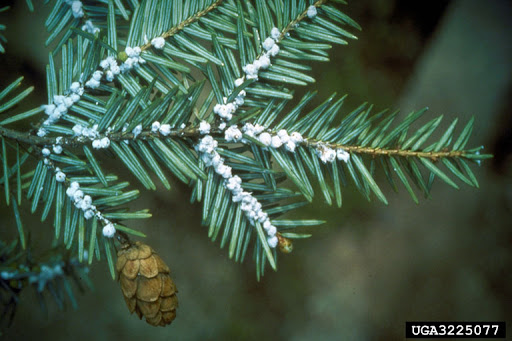
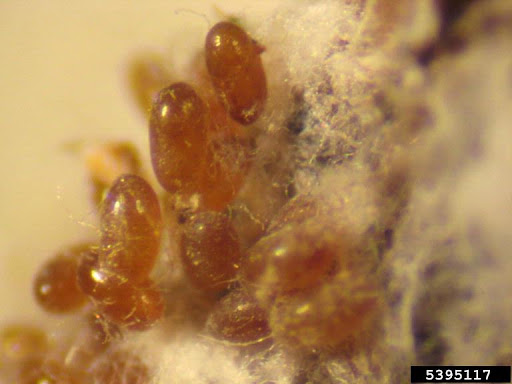
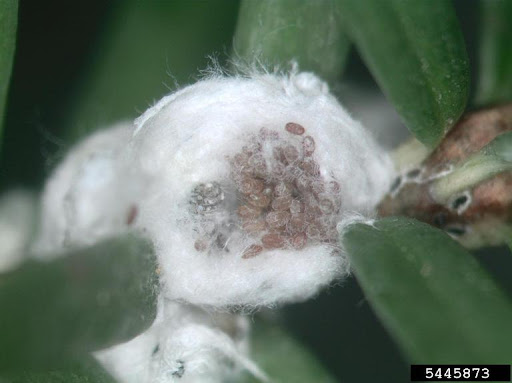
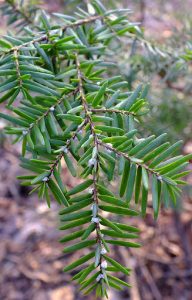
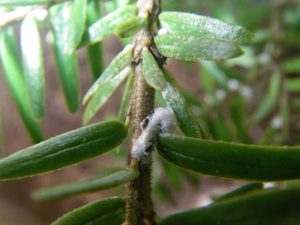
There are two generations of Hemlock Woolly Adelgid born per year. Each generation can produce over 150 eggs. Once this species has become established in a habitat, its population grows rapidly.
Monitor Hemlock Trees for indicators of infection. Because adult Hemlock Woolly Adelgid are wingless, they spread mostly via wind, birds, and human activities. Avoid moving firewood or wood scraps over long distances. If you spot this invasive species, report the location to iNaturalist, or directly to the NSISC.
Join our mailing list.